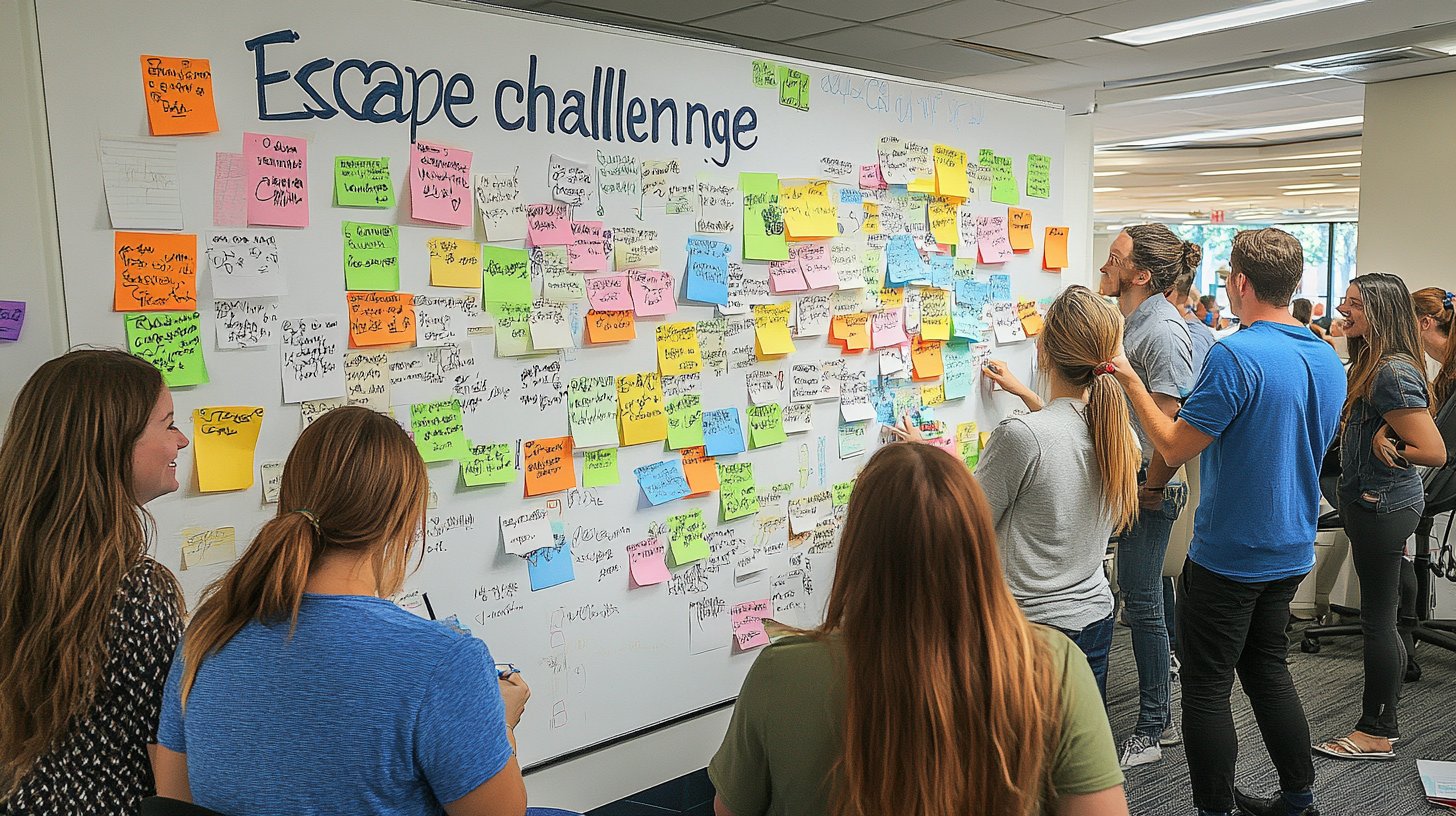Does team building intrigue you, yet its challenges leave you perplexed? Are you seeking to strengthen your team’s cohesion while avoiding common pitfalls? Organizing a relevant event often raises key questions: How can ambitious goals align with a limited budget? How can activities avoid causing discomfort or wasting time? These concerns are common and deserve thorough consideration.
We understand your desire for concrete answers and solutions tailored to your specific needs. You’ll discover the pitfalls to avoid and approaches to optimize your initiatives. Our goal is to guide you with a clear and proactive approach, considering your company’s real constraints and your team’s aspirations.
Budget Constraints
One of the major obstacles to organizing team-building activities lies in budget constraints. For many companies, allocating a significant portion of the budget to this type of event can be hard to justify. Costs can quickly add up with logistics, travel, or even fees for external facilitators specializing in the field.
Some companies opt for less expensive solutions, such as internal activities managed by volunteer teams. However, these alternatives may not meet the expected quality level, potentially undermining the overall effectiveness of the team-building session.
Poorly Planned Activities
Sometimes, the enthusiasm to organize a team-building event leads to hasty decisions. Poorly planned activities can create more confusion than harmony within the team. When an activity lacks structure or is organized last minute, participants may feel their time is wasted, leading to increased frustration.
Another aspect to consider is the specific choice of activities. Games or exercises that fail to account for participants’ skills and interests will likely result in a disappointing experience.
Risks of Embarrassment or Discomfort
The primary goal of team-building activities is to create an environment where every member feels included and valued. However, some activities can lead to feelings of embarrassment or discomfort. This often occurs when tasks require public individual performances or involve physical skills not possessed by all participants.
To avoid such situations, it’s essential to select inclusive activities that respect the diverse abilities and sensitivities of team members.
Activities Misaligned with Professional Goals
It’s not uncommon for a disconnect to arise between chosen activities and the company’s actual professional goals. Engaging external facilitators unfamiliar with the company’s specific challenges increases the risk of condescension during the activity planning process.
To counter this, thorough preparation is needed to ensure the activities align precisely with the team-building objectives. Close collaboration between organizers and team leaders can foster better alignment.
Unclear Objectives and Superficial Results
Clearly defining objectives is crucial to the success of team-building activities. Sometimes, the intentions behind these events remain vague, leading to superficial results.
Participants need to understand why they are engaging in these activities. Without this shared understanding, team-building efforts might be seen as unnecessary interruptions to daily work routines. The false enthusiasm generated during these sessions may quickly fade once regular tasks resume.
Time Constraints
Another challenge companies face involves time constraints. Dedicating an entire day (or more) to a team-building event can sometimes feel impossible. These time limitations, combined with existing workloads, undermine the overall integration of team building into the company culture.
Optimizing team-building formats while minimizing disruptions can provide an adequate solution. By prioritizing shorter but more frequent sessions, teams can enjoy moments of cohesion without compromising their daily productivity.
Unrealistic Expectations and Inaccurate Assessments
Team building is not a magic solution to all organizational problems. Employers often have unrealistic expectations regarding the immediate results of these exercises.
Additionally, accurately assessing the effectiveness of these initiatives remains complex. It often involves evaluating criteria like improved communication, conflict resolution, or job satisfaction. However, these elements require long-term monitoring, making any one-off measurement insufficient for meaningful analysis.
How to Optimize the Benefits of Team Building?
Despite these limitations, there are ways to maximize the benefits of team-building sessions. Here are some practical suggestions:
- Clearly define objectives before organizing any activity.
- Adapt to budget constraints while choosing meaningful activities.
- Ensure participation is voluntary rather than mandatory to avoid discomfort or coercion.
- Involve different hierarchical levels to ensure collective buy-in.
- Incorporate regular post-event follow-ups to maintain the acquired benefits.
These recommendations help enhance the positive effects of team building while minimizing its inherent limitations.








